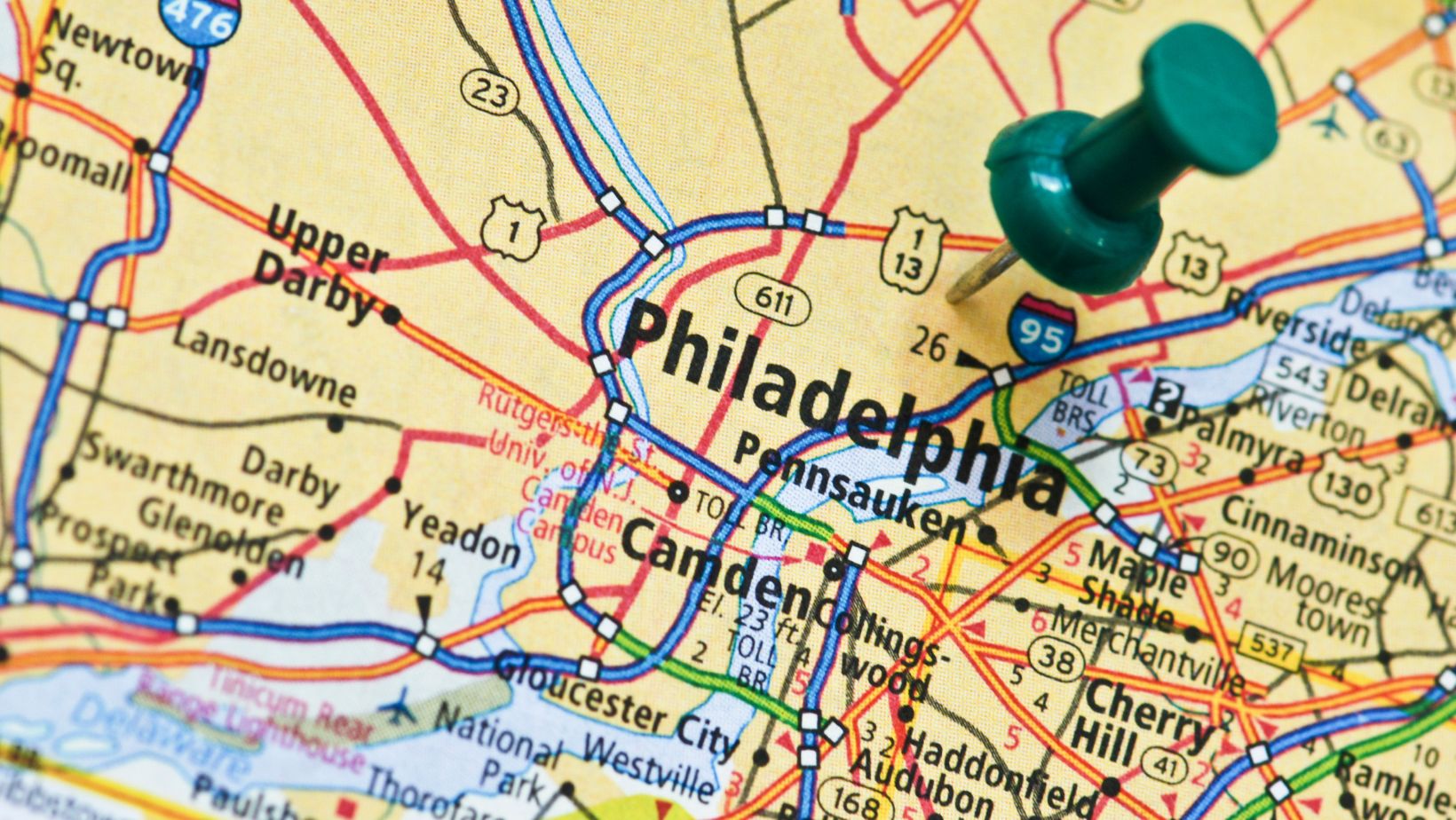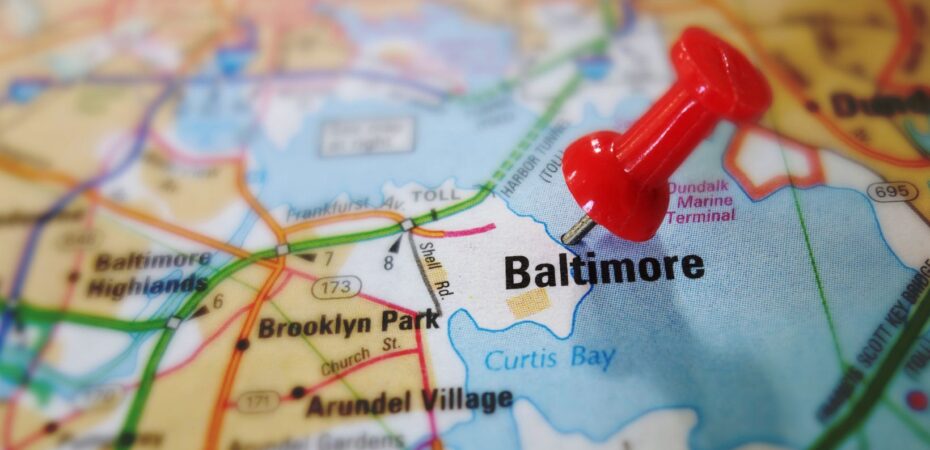Distance Between Baltimore and Philadelphia
Wondering about the distance between Baltimore and Philadelphia? Well, let me shed some light on this topic for you. The distance between these two bustling East Coast cities is approximately 100 miles, making it a relatively short journey by car, bus, or train.
Traveling from Baltimore to Philadelphia offers a convenient opportunity to explore the rich cultural heritage and vibrant urban landscapes of both cities. Whether you’re planning a day trip or a longer stay, there are plenty of attractions and activities to indulge in along the way.
If you opt for a road trip, you’ll be treated to scenic views as you traverse through the charming towns and beautiful countryside that connect these metropolitan areas. Alternatively, hopping on a train or bus provides an efficient and stress-free means of transportation, allowing you to sit back, relax, and enjoy the ride.
Driving Distance between Baltimore and Philadelphia
When it comes to the driving distance between Baltimore and Philadelphia, many factors come into play. As someone who frequently travels this route, I can provide some insights on what to expect.
First off, let’s talk about the actual distance. The straight-line distance between these two cities is approximately 97 miles. However, keep in mind that when you’re driving, you have to take into account the roads and highways available.
To reach Philadelphia from Baltimore by car, you’ll typically take Interstate 95 North. This major highway connects the two cities and offers a relatively straightforward route. The total driving distance along this route is around 105 miles. Of course, traffic conditions can impact your travel time, so it’s always a good idea to check for any potential delays before hitting the road.
The average driving time between Baltimore and Philadelphia ranges from 1 hour and 45 minutes to 2 hours and 30 minutes. However, this estimate can vary depending on several factors such as traffic congestion, weather conditions, and your own driving speed.
If you prefer a more scenic drive or want to explore other attractions along the way, there are alternative routes that offer different experiences. For example, taking US-40 E or US-1 N will lead you through charming towns like Havre de Grace or Elkton.

Route Options: Highways and Alternate Routes
When planning a trip from Baltimore to Philadelphia, it’s important to consider the various route options available. Whether you prefer a faster journey or want to take in some scenic views along the way, understanding the highways and alternate routes can help you make an informed decision.
- Interstate 95 (I-95): One of the most direct and popular choices is taking I-95, which connects Baltimore and Philadelphia. This highway offers a straight shot between the two cities, making it ideal for those who prioritize efficiency and time-saving. However, keep in mind that traffic congestion can be common during peak travel hours, so plan accordingly.
- US-40: For travelers looking for a more leisurely drive with scenic attractions, US-40 provides an alternative route option. Also known as the Historic National Road, this highway offers charming towns, historical landmarks, and beautiful countryside vistas along the way. While it may take slightly longer than I-95 due to lower speed limits and local traffic conditions, US-40 allows for a more relaxed journey.
- US-1: Another alternate route worth considering is US-1. This road runs parallel to I-95 but provides a different experience with its own set of attractions and amenities. By opting for US-1 instead of the interstate highway, you’ll have opportunities to explore smaller towns and local businesses along the way.
- State Route 896: If you’re interested in exploring Delaware during your trip from Baltimore to Philadelphia, State Route 896 might be an appealing choice. This scenic road takes you through picturesque farmlands and charming rural areas before reconnecting with major highways near Newark.
- Combination of Routes: For those seeking flexibility or wishing to customize their journey further, combining multiple routes is always an option worth considering. You could start on I-95 for speedier progress between cities but then switch onto alternative routes like US-40 or US-1 to enjoy different landscapes and attractions along the way.
Remember, each route has its own advantages and considerations. Factors such as traffic conditions, time constraints, personal preferences, and sightseeing opportunities should all be taken into account when deciding which path to take. Ultimately, the choice is yours!


 By
By 




